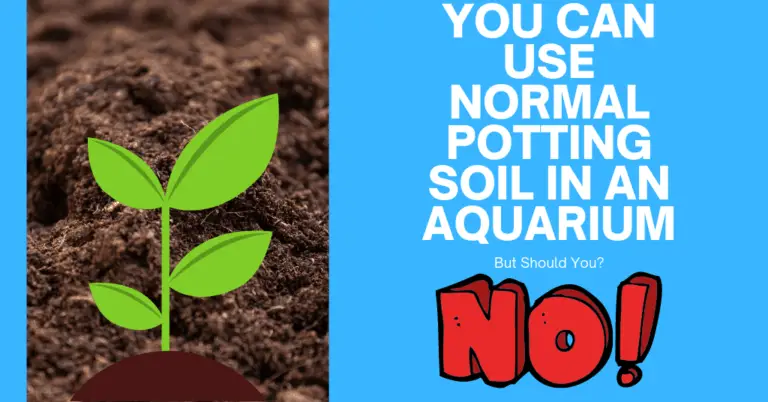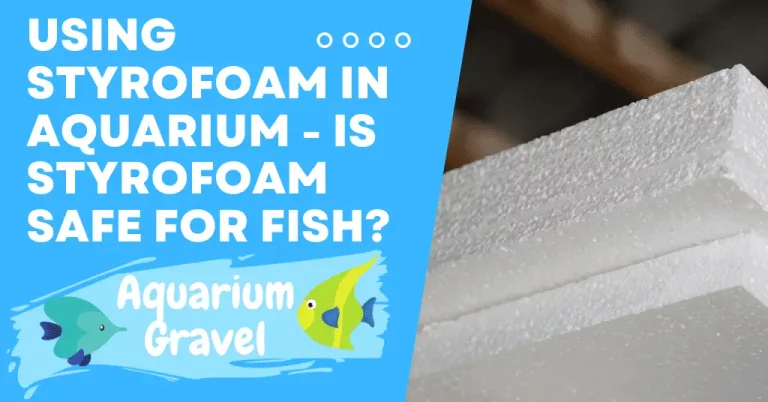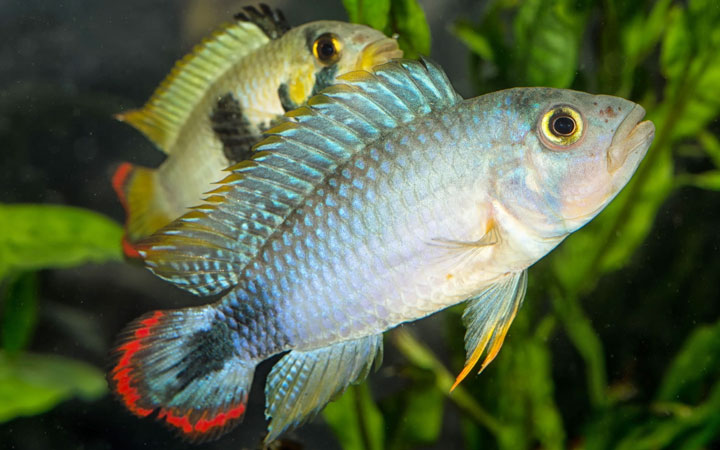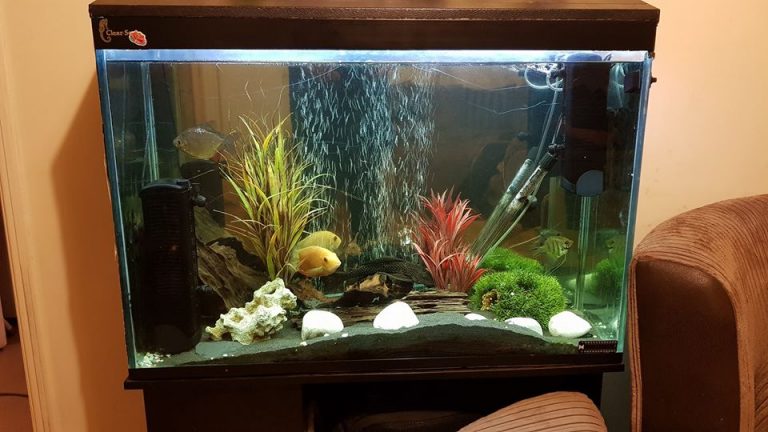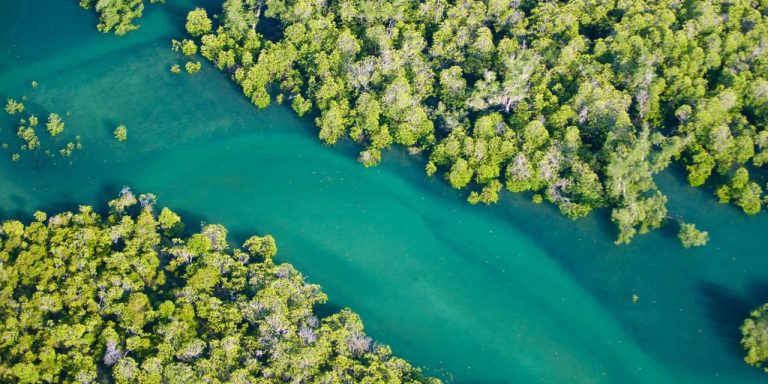Bubbles At The Top Of A Fish Tank
Bubbles at the Top of a Fish Tank: What Do They Mean?
Have you ever noticed bubbles gathering at the top of your fish tank? You may be wondering what these bubbles signify and if they are a cause for concern. In this article, we will explore the reasons behind the formation of bubbles at the top of a fish tank and what they can tell you about the overall health and well-being of your aquatic environment.
Bubbles at the Top of a Fish Tank: The Answer
The presence of bubbles at the top of a fish tank is generally a sign of excess oxygen in the water. When there is an abundance of oxygen, it can form bubbles that rise to the surface and create a foam-like layer. This phenomenon is known as “protein skimming” and is a natural process that occurs in most well-maintained aquariums.
However, it is essential to distinguish between normal protein skimming and other potential causes of bubbles in your fish tank. Let’s dive deeper into the various reasons why bubbles may appear at the top of your aquarium and what they could signify.
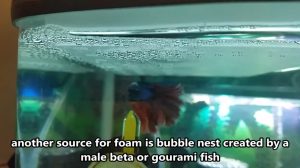
1. Protein Skimmer
Most hobbyists use a protein skimmer, also known as a foam fractionator, to aid in the removal of organic compounds from the aquarium water. This device creates a column of air bubbles, which attract and bind to proteins and other organic waste particles in the water. As these bubbles rise to the surface, they form a foamy layer that collects in a collection cup, effectively removing debris from the tank. If you have a protein skimmer installed, the presence of bubbles at the top of your tank is a positive indication that the skimmer is working effectively.
2. Dissolved Oxygen
Another common cause of bubbles at the top of a fish tank is the presence of elevated levels of dissolved oxygen. Fish and other aquatic organisms rely on oxygen to survive, and excess oxygen can accumulate as bubbles in the water. This can be due to factors such as aggressive aeration, high water flow, or the use of air stones or diffusers. While elevated oxygen levels are generally beneficial for fish, it is essential to ensure that they are within a safe range to prevent any adverse effects on your aquatic inhabitants.
3. Water Movement
Strong water movement, such as from a filter outflow or powerhead, can also lead to the formation of bubbles at the top of a fish tank. When water splashes or cascades into the tank, it introduces air into the water, causing bubbles to form. This is particularly common in tanks with a high turnover rate or turbulent water flow. While it may look aesthetically pleasing to see bubbles rippling at the surface, excessive water movement can create stress for some fish species and aquatic plants.
4. Carbon Dioxide Off-Gassing
As fish release carbon dioxide through respiration, it can accumulate in the water column. When the carbon dioxide concentration becomes high enough, it can off-gas and form bubbles at the surface. This is more likely to occur in tanks with poor ventilation or inadequate surface agitation. Monitoring the carbon dioxide levels in your tank and ensuring proper aeration can help prevent the buildup of excessive carbon dioxide and the formation of bubbles.
5. Water Quality Issues
In some cases, the presence of bubbles at the top of a fish tank may indicate water quality issues. Poor water quality, such as high ammonia or nitrite levels, can disrupt the gas exchange process in the aquarium, leading to the accumulation of bubbles. Additionally, the breakdown of organic matter, such as decaying plants or uneaten food, can produce gases that manifest as bubbles at the water surface. Regular testing of water parameters and proper maintenance routines are crucial to maintaining a healthy aquatic environment.
Frequently Asked Questions
1. Are bubbles at the top of a fish tank dangerous for the fish?
Bubbles at the top of a fish tank are not inherently dangerous for the fish unless they are accompanied by other signs of poor water quality or oxygen deprivation. However, it is always important to monitor water parameters and address any underlying issues that may be causing excessive bubbling.
2. How can I reduce the formation of bubbles in my fish tank?
To reduce the formation of bubbles in your fish tank, ensure proper water movement and aeration. Avoid excessive splashing or agitation, and maintain stable water parameters. Regular water changes and proper filtration can also help maintain optimal water conditions and reduce the accumulation of organic waste.
3. Can bubbles at the top of a fish tank indicate overfeeding?
Yes, overfeeding can contribute to the buildup of organic waste in the tank, leading to excess bubbles. It is essential to feed your fish an appropriate amount and promptly remove any uneaten food to prevent the accumulation of waste.
4. Should I be concerned if the bubbling suddenly increases or changes in appearance?
Sudden changes in the bubbling pattern or appearance may indicate an underlying issue, such as a malfunctioning protein skimmer or a water quality problem. Monitor the changes closely and address any potential problems promptly to ensure the health of your aquarium.
Final Thoughts
Bubbles at the top of a fish tank can indicate various things, from natural protein skimming to water quality issues. By understanding the potential causes behind this phenomenon, you can better assess the overall health of your aquarium and take appropriate action when necessary. Regular monitoring of water parameters, proper maintenance routines, and providing a suitable environment for your fish and other aquatic inhabitants are key to ensuring a vibrant and thriving underwater ecosystem. So, the next time you spot bubbles at the top of your fish tank, you’ll have the knowledge to decipher their meaning and take appropriate measures to keep your aquatic friends happy and healthy.

